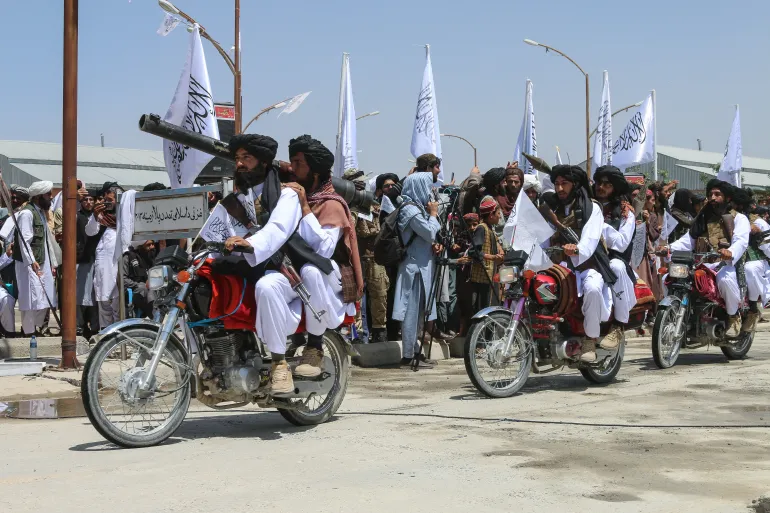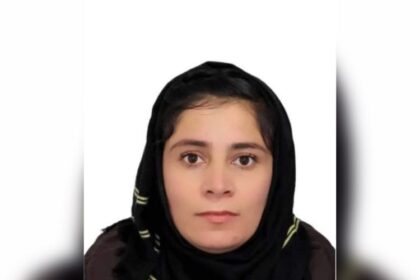RASC News Agency: More than three years into the Taliban’s return to power, Afghanistan has descended into a grim portrait of a failed state ruled by religious absolutism, ethnic supremacy, and institutionalized misogyny. What was once a fragile but striving nation has been transformed into a prison for diversity, progress, and human dignity. The Taliban regime, cloaked in the language of religion but fueled by violence and exclusion, has methodically suffocated the social and cultural soul of Afghanistan. From the outset, the Taliban have pursued a policy of systemic marginalization, particularly targeting non-Pashtun ethnic communities. Provinces such as Badakhshan, Takhar, Panjshir, and Baghlan home to Tajiks, Hazaras, and Uzbeks have been subjected to intense campaigns of repression. Local sources confirm widespread reports of forced religious conversions, the confiscation of community mosques, the banning of non-Pashto languages in schools and government offices, and the expulsion of imams and teachers who refuse to conform to Taliban ideology. These are not isolated acts of discrimination they represent a broader Taliban agenda to erase the multiethnic fabric of Afghanistani society and replace it with a monolithic, Pashtun-centric state.
Even the United Nations Assistance Mission in Afghanistan (UNAMA) has repeatedly sounded the alarm on the Taliban’s attempts to impose an ethnocentric order by force. The Taliban regime has no space for cultural pluralism. It views diversity as a threat and is determined to eliminate any non-Pashtun identity from the nation’s political and social geography. But their war is not only ethnic it is also gendered. In one of the most draconian anti-woman campaigns seen in the modern era, the Taliban have institutionalized gender apartheid. Women and girls have been banished from schools, universities, offices, civil society, and public life altogether. This is not the result of ignorance or poor governance it is a calculated, ideologically driven project to erase women as autonomous human beings.
Girls are barred from education beyond grade six. Women have been purged from humanitarian organizations. Public bathhouses and parks are closed to them. The enforced wearing of the black chador has become a visual symbol of their subjugation. These practices are not just violations of rights they are acts of annihilation aimed at reducing women to voiceless shadows under a regime that views them as threats to a rigid male order. This gender tyranny amounts to nothing less than a crime against humanity. It is a campaign of erasure, where the objective is not just to silence women, but to unmake them entirely. Women in Afghanistan today are not only deprived of rights; they are deprived of personhood. Meanwhile, so-called “security” under Taliban rule has become a cruel farce. In areas such as Panjshir, Andarab, and Takhar, Taliban forces act less as law enforcers and more as ethnic militias. Arbitrary arrests, night raids, looting, school closures, and widespread reports of torture and sexual abuse especially of detained women are the norm. But with the domestic media landscape muzzled by brutal censorship, these atrocities remain largely hidden from public scrutiny.
The Taliban’s grip on the education system further underscores their desire to reshape Afghanistan into a breeding ground for ideological extremism. Subjects such as history, philosophy, human rights, and the arts have been purged from school curricula. They have been replaced with rigid, sectarian religious texts aimed not at enlightenment, but indoctrination. Professional educators have been driven into exile or unemployment, while universities stand hollow, patrolled by militants rather than scholars. The regime’s educational doctrine is simple: destroy thought, destroy knowledge, destroy the future. And yet, despite this vast record of human rights violations, the international community has largely remained tepid in its response. Humanitarian aid much of it unmonitored continues to flow into Taliban-controlled ministries, effectively bankrolling a regime that is dismantling the very people the aid is meant to help. In doing so, donor nations risk not only enabling Taliban brutality but legitimizing a theocratic dictatorship that thrives on fear and silence.
Some regional actors have gone further, actively cultivating diplomatic and commercial ties with the Taliban. A few have reopened or expressed interest in reopening embassies in Kabul, betraying the suffering of millions of Afghanistanis especially women, ethnic minorities, and dissenters who face persecution every day. Afghanistan today is not just in crisis it is in collapse. It has become a geopolitical black hole where justice is absent, and oppression is law. Every passing day under Taliban rule chips away at the foundation of human values, replacing dignity with despair and hope with terror. This is not governance; it is erasure. The world must abandon its cold calculations and finally respond to the human catastrophe unfolding in Afghanistan. Silence is complicity. Aid without oversight is collaboration. Recognition without reform is betrayal. The Afghanistani people those trapped in the shadows of this militant regime are still waiting for the world to see, to hear, and to act.
Because in the face of such absolute darkness, even the smallest glimmer of international solidarity could mean the difference between death and survival for a people, a culture, and a future that the Taliban are trying to destroy.






